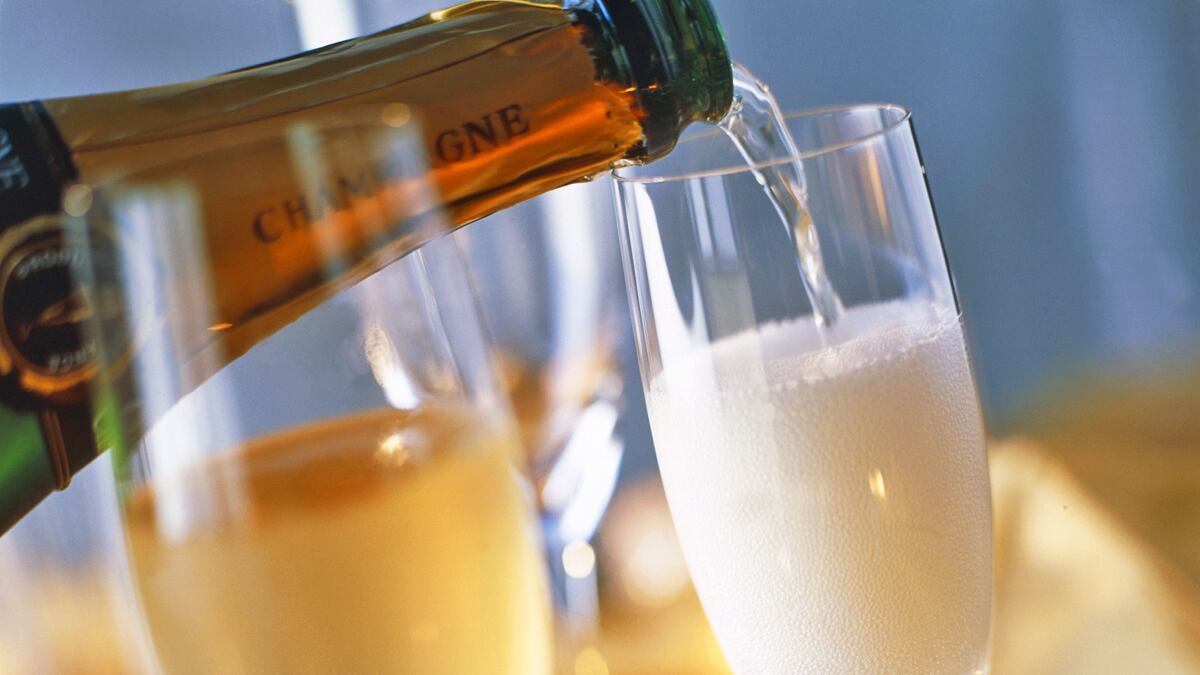By Henry Samuel
Weather conditions coupled with the ravages of mildew have made champagne growers' life hell in recent months; cold snaps, freak hailstorms, unrelenting rain and grape rot are expected to cut yields in the famed appellation by a third.
"This year has been unprecedented," said Dominique Moncomble, director of technical services at the CIVC, the champagne wine board. "We have been accumulating problems: we are battling the elements and disease."
Frosts in mid-April destroyed nearly 10 percent of the appellation's crop, with losses as high as 40 percent in some areas. Some producers lost everything in the Cote des Bar area when a powerful hailstorm struck in early June, affecting nearly 1,000 hectares of vineyard.
"Everything has been thrown at us this year," said Benoit Gouez, chef de cave at Moët & Chandon. "Poor weather during flowering when it was cold and wet meant that took place over four weeks instead of just a few days." This protracted blossoming led to bunches containing berries of very different sizes, a condition called millerandage.
"Then the rainiest June since the 1950s helped the spread of downy and powdery mildew" he told The Telegraph.
These two types of fungus leave a dusty or cottony coating on grapes and leaves. Mildew is normally restricted to chardonnay grapes, "but this year it also hit the black grapes of pinot noir and meunier."

Given such conditions, growers have struggled to save their precious grapes.
"We have had a terrible season with an awful climate from April to mid-July,' said Benoit Marguet of Marguet Pere & Fils, a small producer in Ambonnay "After frost in April, yields were down 20 percent and since then the rain has never really stopped. It's been seven days a week work in the vineyard.
"We have probably lost at least 40 percent of the grapes," he told Decanter magazine.
Stéphane Macron, who owns 15 hectares of vineyards, said: "This year, the rains were so regular that each time I treated the grapes (for mildew), the (product) was washed away.
"In all my 38 year career, I've never seen that." The French agriculture ministry forecasts this year's yield will be just 2.1 hectolitres, a quarter down on the five-yearly average. But champagne insiders insist the region is well equipped to cope with smaller volumes, as it has large stocks from previous years.
As for the quality of this year's vintage, the champagne board insists it is "not yet compromised" and could still make the grade as long as the current dry, warm weather continues until harvest in mid-September. "Quality all hinges on the last two to three weeks before harvest," said Mr Gouez.
"Picking grapes in different plots at the optimum stage of ripeness will be crucial, as will sorting them for final quality control."
"Yes, it's been a difficult year, but that's what champagne is about. We should never forget that it's a tough region, that's also what goes towards making the excellence of its wines."






